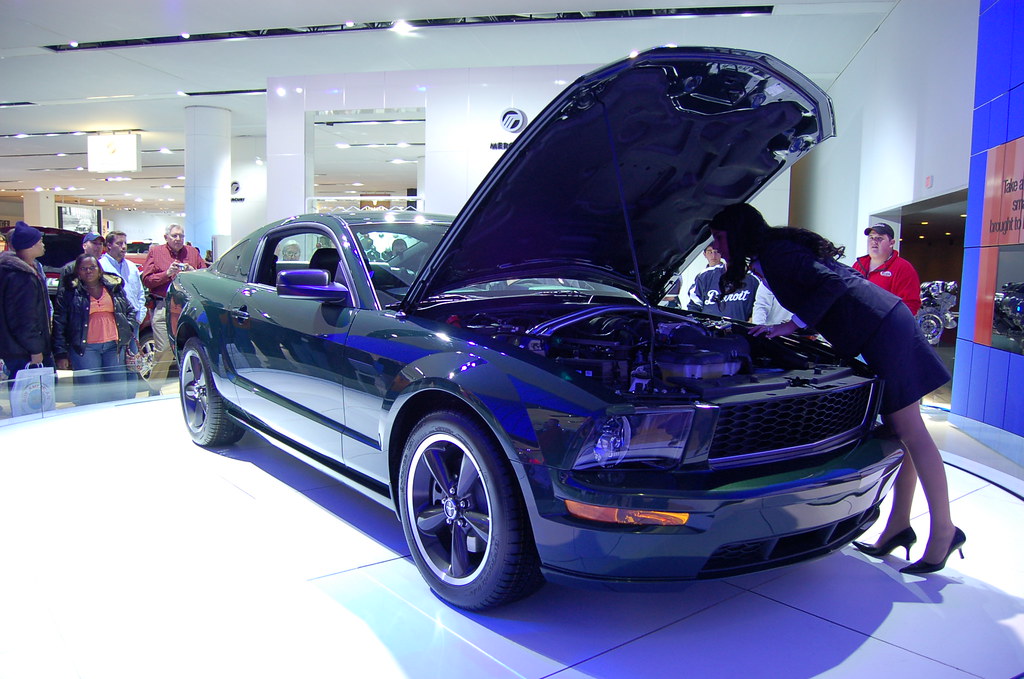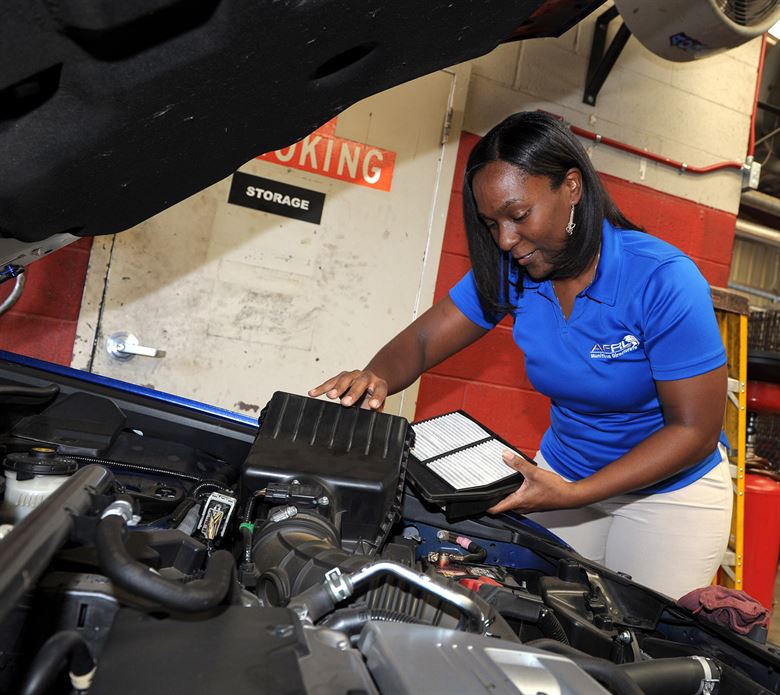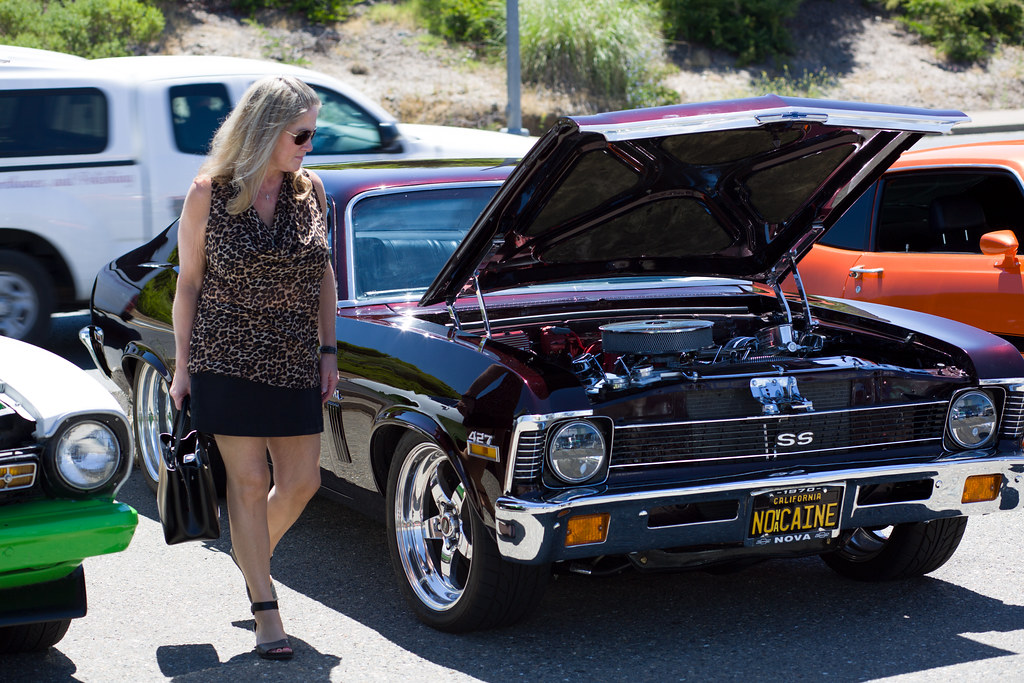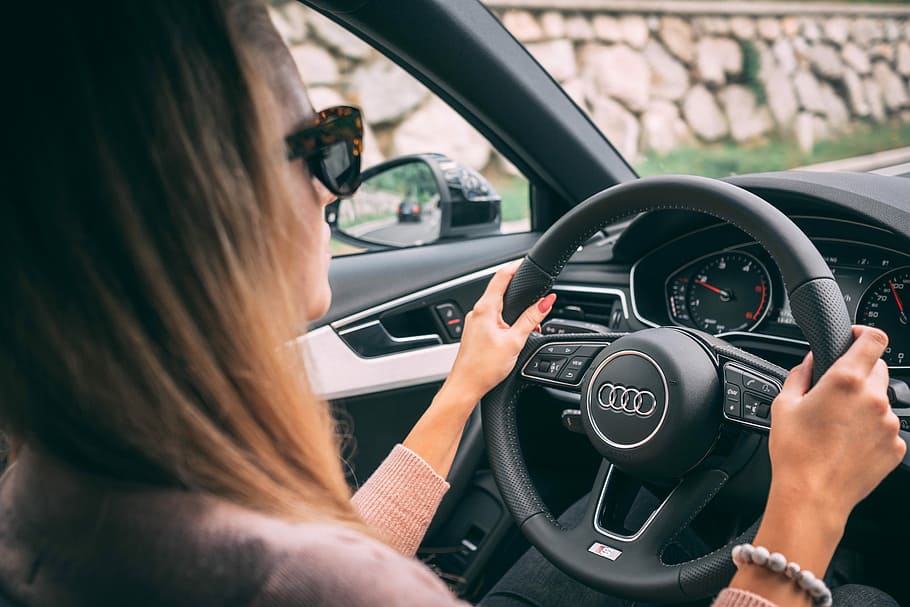Cars are a mysterious and opaque technological field that is present in our lives every day. To understand how it works, cars-vehicles.net reveals some of the key elements here.
Powertrain: Engine Characteristics

The engine is the fundamental element of the vehicle. Its main operating characteristics are defined by:
Its power, expressed in kilowatts (kW) or horses (HP). The power reaches its peak around the maximum engine speed and thus generates high fuel consumption;
The engine torque in newton-meters (N.m). It is generally related to optimum combustion and is maximum between one third and half of the maximum speed; it is then synonymous with maximum efficiency and therefore reduced fuel consumption.
Engine Efficiency: as mentioned above, it is optimal when the torque is at its highest. It is the ratio between the potential energy of the fuel injected into the engine and the effective energy transformed into mechanical energy to move the vehicle. It is more or less 30% (out of 10 litres of gasoline injected into the engine, only three litres are used to drive the car, the rest is dissipated as heat or exhaust gas).
Difference Between Internal Combustion and Electric Motors

There are 2 sources of energy to run a motor:
Thermal energy concerns the majority of current vehicle engines in use. This system transforms the chemical energy (oxygen from the air + fuel) into calorific energy (combustion in the engine), which in turn is transformed into a pressing force to move the engine piston, which transmits the movement to the wheels.
Electrical energy: this is the future of the automobile industry; today, several technologies are being studied to provide the energy that powers the car’s electric motor: hydrogen, supercapacitors, and currently the most advanced, battery-powered electricity. These batteries discharge during acceleration and recharge during braking phases, transforming the kinetic energy of the car into electrical power.
How the Electric Car Works
Good to know: hybrid motorization combines 2 sources of energy, namely thermal and electric.
Car Transmission: The Gearbox
The gearbox is present on combustion-powered vehicles, and it is a necessary transmission component because of the limited useful range of engine speed.
The transmission is associated with a clutch that allows the progressive coupling of the engine and the input shaft (primary shaft) of the gearbox, to transmit the torque and rotational speed of the wheels required to start the vehicle.
There are 4 types of gearboxes:
Manual Gearbox

The torque and gear ratios, as well as reverse gear, are selected by the gear lever operated by the driver, who must at the same time disengage.
Automatic Gearbox
It does not require the driver’s intervention, as the gear change is carried out by an automated hydraulic system.
Robotic Gearbox
The device can either be controlled by the driver or managed by an electronic control unit.
In automatic mode, the latter controls the clutch and gearshift actuators to automatically adjust the gears according to traffic conditions.
Continuously Variable Transmission (CVT)
Consisting of 2 pulleys connected by a belt, it is managed by an electronic computer.
It offers the driver the possibility of being used in automatic or manual mode.
Car Braking System

Each vehicle consists of a braking system to stop and immobilize the car. There are different elements:
1. Service Brake: a hydraulic system activated by the brake pedal. It receives pressure on a brake pump (master cylinder) which activates the receivers at the wheels; two different systems can equip them:
(i). Drum systems: a device composed of jaws equipped with linings that compress on the inner part of a drum per wheel to brake the vehicle.
(ii). Discs – pads: this system gradually replaces the drums, the pads press the discs on each side to brake the vehicle (transform the kinetic energy of the car into calorific power).
2. Parking / Handbrake: it is used to stop the vehicle when it is off the road or for hill starts. The handbrake is designed to lock the wheels of the car when stationary.
The driver operates it with a handle usually located between the 2 front seats. It is a mechanical system (generally by cables), even if it can be electrically assisted.
3. Braking Assistance: the anti-lock braking system (ABS) is an electronically controlled active safety system, which in the event of emergency braking, prevents the wheels from locking, thus maintaining directional control of the vehicle.
It acts by braking actions in successive pulses.
Vehicle Steering: Power-Assisted, Electric, Hydraulic

Power-assisted: a vehicle is equipped with a driver-controlled steering wheel to steer the car easily. Once in direct contact with the wheels, the effort required to steer and manoeuvre the wheels is reduced thanks to power steering.
The other types of steering are:
hydraulic steering: composed of a hydraulic pump driven by the motor, and an assistance cylinder, it reduces the driver’s effort;
electric steering: managed by an electric motor, which controls the steering bar;
electro-hydraulic steering: an electric motor drives the hydraulic pump, which acts on the power cylinder;
variable steering: can be both hydraulic and electric, depending on the vehicle model.
Suspension Elements
The suspensions are located at the end of the axles. They reduce vibrations due to road imperfections, increase comfort and handling.
There are different types of suspensions:
Spring Loaded
These are coil springs, the most common suspensions being MacPherson suspensions.
Torsion Bar
It is in the form of a steel bar connected at its ends to the frame and suspension arms; the twisting of the metal bar ensures elasticity.
Air Suspension
A gas (air or nitrogen) is combined with a pressurized liquid to ensure the system’s elasticity (used on Citroen’s top-of-the-range models and large luxury limousines).
Blade type
These are leaf springs made up of several overlapping blades of different lengths (used mainly for commercial vehicles).
So, these were the few basics of automotive mechanics that you should know as a driver. The information in this post was intended to enhance your knowledge of automotive mechanics so that next time you go to the garage, you can understand a little bit of what the mechanic is really talking about.




